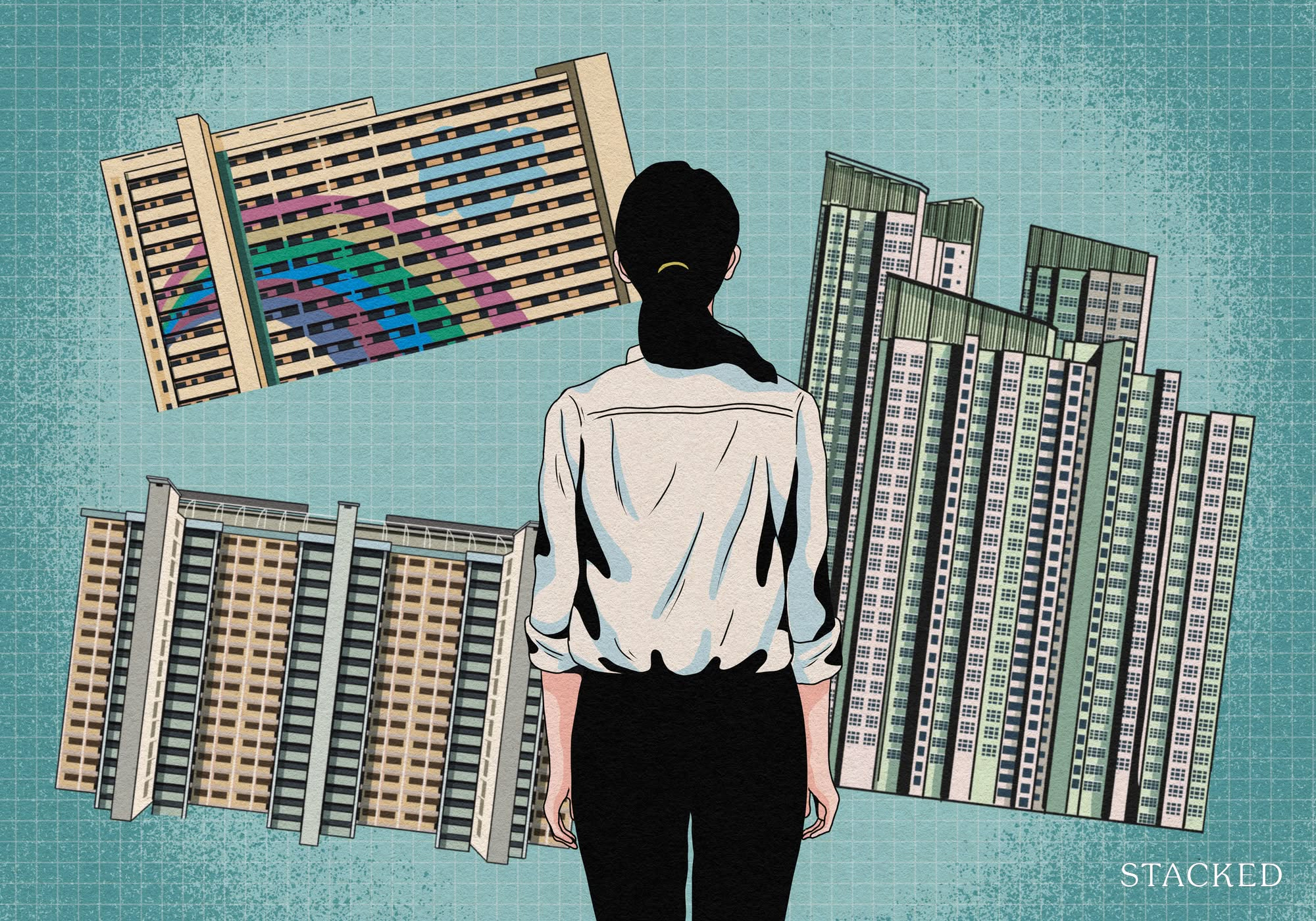Is Your HDB or Condo at Risk of a Sinkhole? 5 Signs to Watch Out For
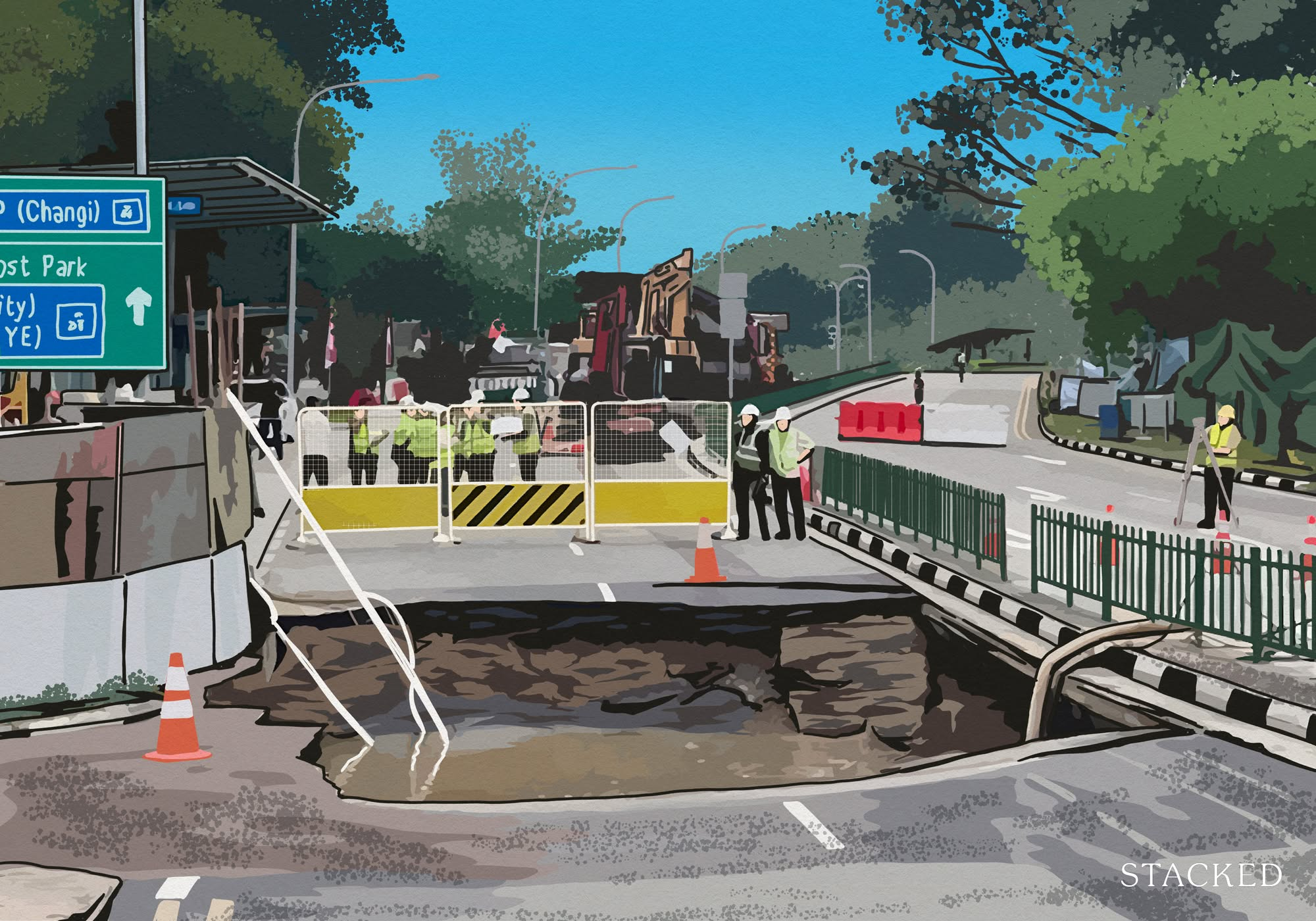
Get The Property Insights Serious Buyers Read First: Join 50,000+ readers who rely on our weekly breakdowns of Singapore’s property market.
A seasoned content strategist with over 17 years in the real estate and financial journalism sectors, Ryan has built a reputation for transforming complex industry jargon into accessible knowledge. With a track record of writing and editing for leading financial platforms and publications, Ryan's expertise has been recognised across various media outlets. His role as a former content editor for 99.co and a co-host for CNA 938's Open House programme underscores his commitment to providing valuable insights into the property market.
Sinkholes are what happens when nature plots against land values. The initial appearance of one is shocking enough; but there are consequences that can extend beyond that: damaged main pipes, structural checks for nearby buildings, road closures that reroute buses into another time zone, and the slow, creeping dread that this inconvenience won’t be cleared up by Tuesday.
Now we’ve been lucky in Singapore, and hopefully the sinkhole at Tanjong Katong Road was a one-time freak incident. But as you can see, they do happen, and in different orders of magnitude:
What is a sinkhole anyway?
It’s a collapse that happens when the ground beneath the surface gets hollowed out, and that can be for a range of reasons. A particularly common one is that water has been quietly washing soil away; but there are other causes, like construction work causing a void under the ground that isn’t property filled.
They can also form naturally, but in Singapore, we’re not sitting on the kind of karst limestone that naturally forms big underground caves (lucky us). So when sinkholes do appear, they’re likely to be man-made problems: burst water mains, shoddy shaft construction, tunnelling that erodes the surrounding soil too much, etc. In the Tanjong Katong case, a 16-metre-deep sewer shaft suffered a concrete failure, possibly worsened by a burst water pipe the night before. Cue the giant hole in the road and a very unfortunate car.
The good news is, it’s almost impossible that your condo or flat will go into a sinkhole. The bad news is, even if it’s not in the sinkhole, it can be affected by a lot of related inconveniences.
While landed homes might face more direct issues (described below), condos aren’t completely immune. If a sinkhole affects road access, construction timelines, or even causes nearby foundation inspections, it could delay your key collection or resale. In new launches, expect nervous chatter on Telegram groups and speculation on whether TOP dates will shift.
Warning signs a sinkhole might be forming
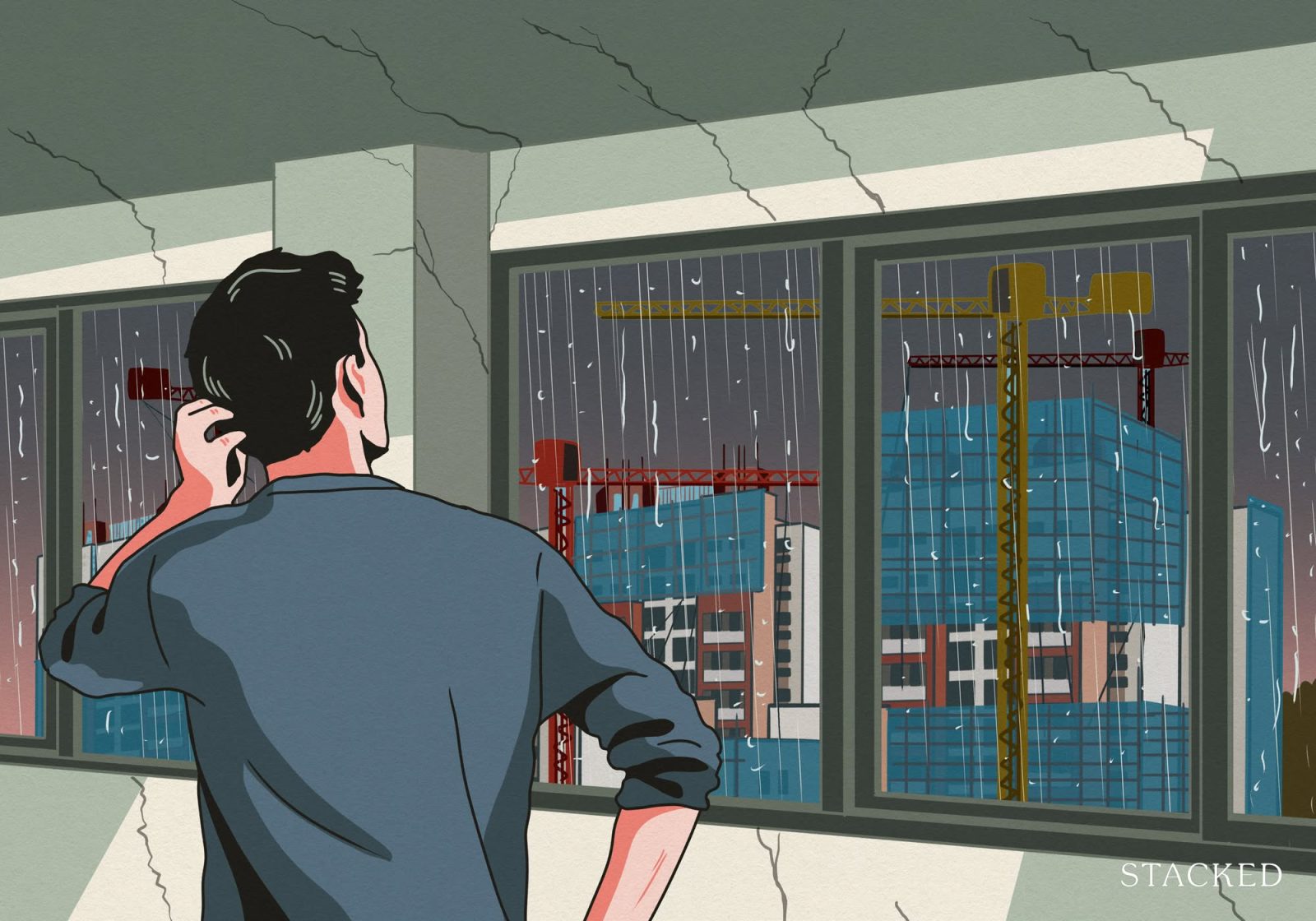
Sinkholes rarely happen completely without warning; but the tricky part is that the symptoms can be related to many other issues. But if you witness many or all of the following at once, it’s time to get nervous and sound it out:
1. Cracks in walls, floors, or ceilings
This one is a bit tricky, because cracks can happen for a whole range of reasons – from concrete spalling, to a building settling, to that unlicensed handyman with the drill that, in hindsight, you shouldn’t have hired for $25.
But sinkhole-related cracks, which are more “zig-zaggy,” do appear a bit different. You may see:
- Diagonal or stair-step cracks that move across walls; especially if they go from floor to ceiling, like someone drew a crooked line dividing the room in half.
- Cracks wider than three millimetres, or roughly wide enough that you can slide a 50-cent coin in it (for reference, a 50-cent coin is about 2.45 millimetres)
- Multiple cracks appear at the same time, particularly in corners or near load-bearing walls. Actually if you see this, it doesn’t matter if it’s a sinkhole or not, just quickly call for help.
- Cracks paired with doors and windows that suddenly stick. The reason the door / window no longer swings properly is because it became misaligned at the hinges. Usually it’s just a sagging door or windowframe, but it can be something more if you see cracks appearing with the issue.
- New cracks after rain, or after construction nearby. This could mean something’s moving underground.
Even if it’s not a sinkhole, it’s a good idea to call in these issues anyway, lest a chunk of falling concrete ruin someone’s evening.
2. Cracks in pavements or driveways
This is more of an issue for landed homeowners, or condos where the staff are more interested in their Sudoku than the building maintenance.
At first glance, it might just look like normal wear and tear, a harmless surface crack or two from the daily Singapore heat. But keep an eye out for cracks that widen quickly, change shape, or start to spiderweb across your driveway. In asphalt, you may notice “alligator skin” patterns: clusters of small, scaly cracks packed tightly together, like your driveway is somehow “peeling.”
More from Stacked
Are Singapore’s Oldest HDB Flats Finally Losing Value? A 2025 Price Update
A long time ago, in 2018, there was a contentious moment when the government pointed out that even 50-year-old flats…
Sometimes the edges of the pavement start to drop or curl, as if the ground beneath is peeling away from reality. And in more advanced cases, entire sections of the slab may tilt unevenly. If it gets that far, you might even notice it in your car (e.g., there’s a thumping sound when you drive over a certain spot, and it wasn’t there before.)
3. Dips, depressions, or sagging in landscaped or open areas
If you’re living in a condo or an HDB, this will probably be detected by the authorities. These buildings are subject to regular monitoring, and if anything shifts – even a little – structural engineers will usually pick it up before you even notice with your eyes.
.But if you’re living in a landed home, and you notice your once-flat garden / backyard has a suspicious looking basin forming, that’s a bad sign. It may be the early stage of a void forming under the ground.
Another bad sign is if the basin fills up with water, even when it hasn’t rained. You might even see the water drain away unnaturally fast, as if your yard is sipping it through a straw. That’s another warning: it could mean the cavity below is larger than it looks, and is actively pulling in surface water, along with anything resting on it for too long.
In any case, call the authorities if big, unexplained puddles keep forming in an area, as it may be the sign of a leaking or damaged pipe.
4. Watch for tilting fences or trees
It could just be poor construction when it comes to fences; but it could also be a sign that the ground is tilting or changing. Gate pillars or retaining walls may start to separate from the ground or from adjacent structures, and as above, cracks tend to show.
If a forming sinkhole is big enough that it affects trees, the authorities will probably notice, if it’s in a public area. But again, if you live in a landed home and the tree is in your yard, then it’s on you to call someone to check it out.
5. The dreaded “neighbour” effect
If your neighbour’s property had a sinkhole, or there’s nearby tunnelling or pipe work happening (hello, infrastructure upgrades), you’re not automatically safe. Sinkholes don’t respect property lines.
Sinkholes often happen in clusters, especially when they’re triggered by shared underground issues. For example, a leaking water main will run beneath multiple homes, so it’s likely that more than one will be affected. Likewise, construction that causes soil to shift will affect a wide area, possibly impacting surrounding projects as well. This is why checks on surrounding land and structures were also made, following the Tanjong Katong sinkhole.
So if you live within shouting distance of where a sinkhole appears, it’s worth checking your own property for early signs: cracks, sloping ground, odd drainage, or things that just don’t sit quite right anymore.
Finally, sinkholes can ruin your day even if you aren’t directly affected
Builders really hate when sinkholes happen. Whilst we’ve never had one of such magnitude near a major construction site, any sinkhole is likely to put a freeze on further construction and delay the project.
Road closures can also cause traffic issues: buses get rerouted, commutes might get longer, and suddenly your ten-minute drive to the market feels like a tour of half the neighbourhood.
If the sinkhole was caused by a burst pipe (as suspected in this case), possible issues include face water disruptions, or low pressure; and , engineers may need to inspect nearby buildings. And then there’s the property anxiety: even if your home wasn’t affected, being near a sinkhole site can spook buyers or make you question whether your driveway is next (if it’s landed.) We hear that some residents near the Tanjong Katong site even considered hiring independent engineers to check their buildings, just to be sure.
Regardless of whether a sinkhole is forming though, we’d keep an eye out for the signs above. Even if it turns out to be other issues, they’re probably still things you want to address before they get worse.
If you’d like to get in touch for a more in-depth consultation, you can do so here.
Ryan J. Ong
A seasoned content strategist with over 17 years in the real estate and financial journalism sectors, Ryan has built a reputation for transforming complex industry jargon into accessible knowledge. With a track record of writing and editing for leading financial platforms and publications, Ryan's expertise has been recognised across various media outlets. His role as a former content editor for 99.co and a co-host for CNA 938's Open House programme underscores his commitment to providing valuable insights into the property market.Read next from Singapore Property News
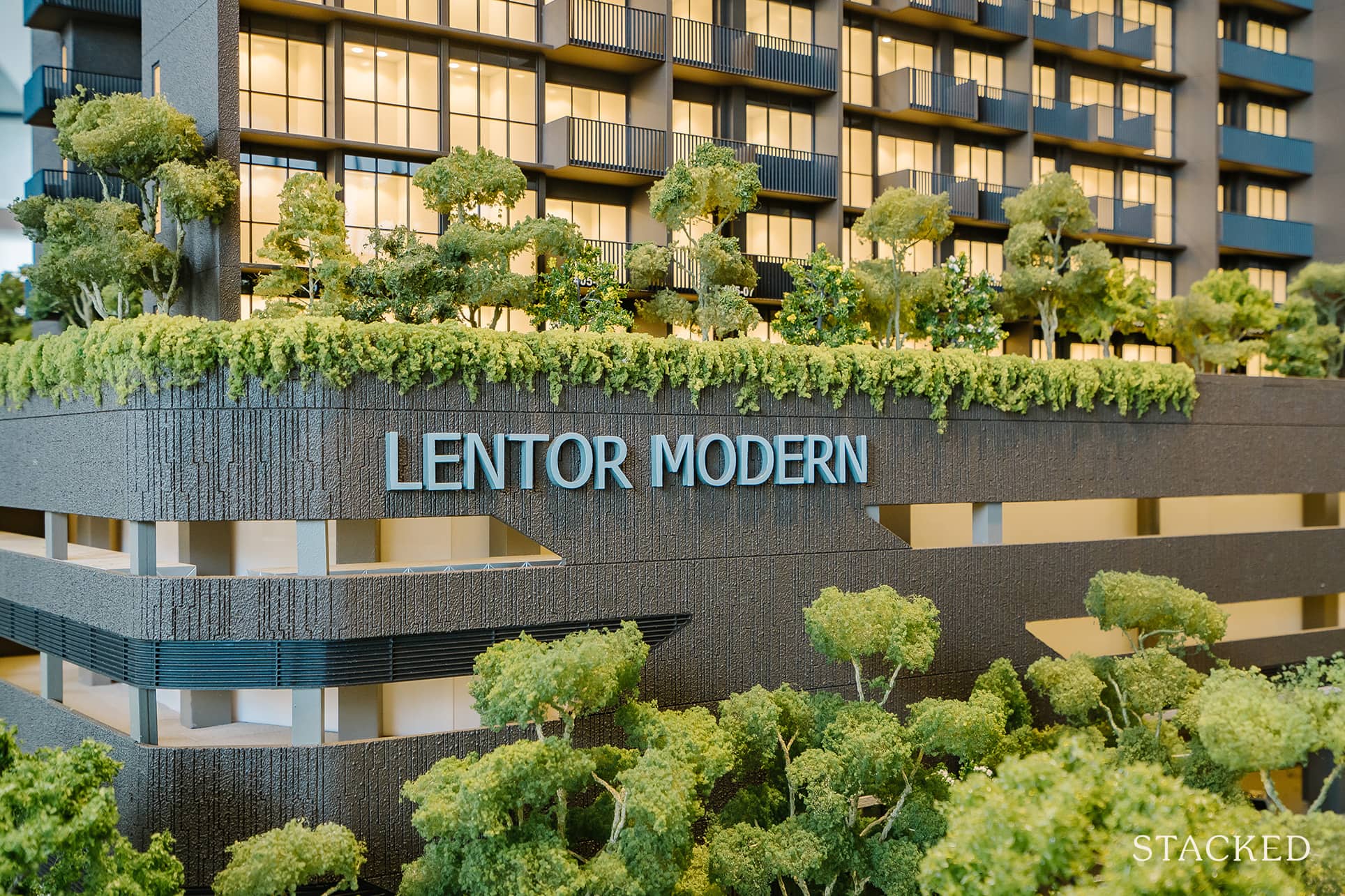
Singapore Property News Lentor’s First Condo Is Complete — The Early Profits May Surprise You
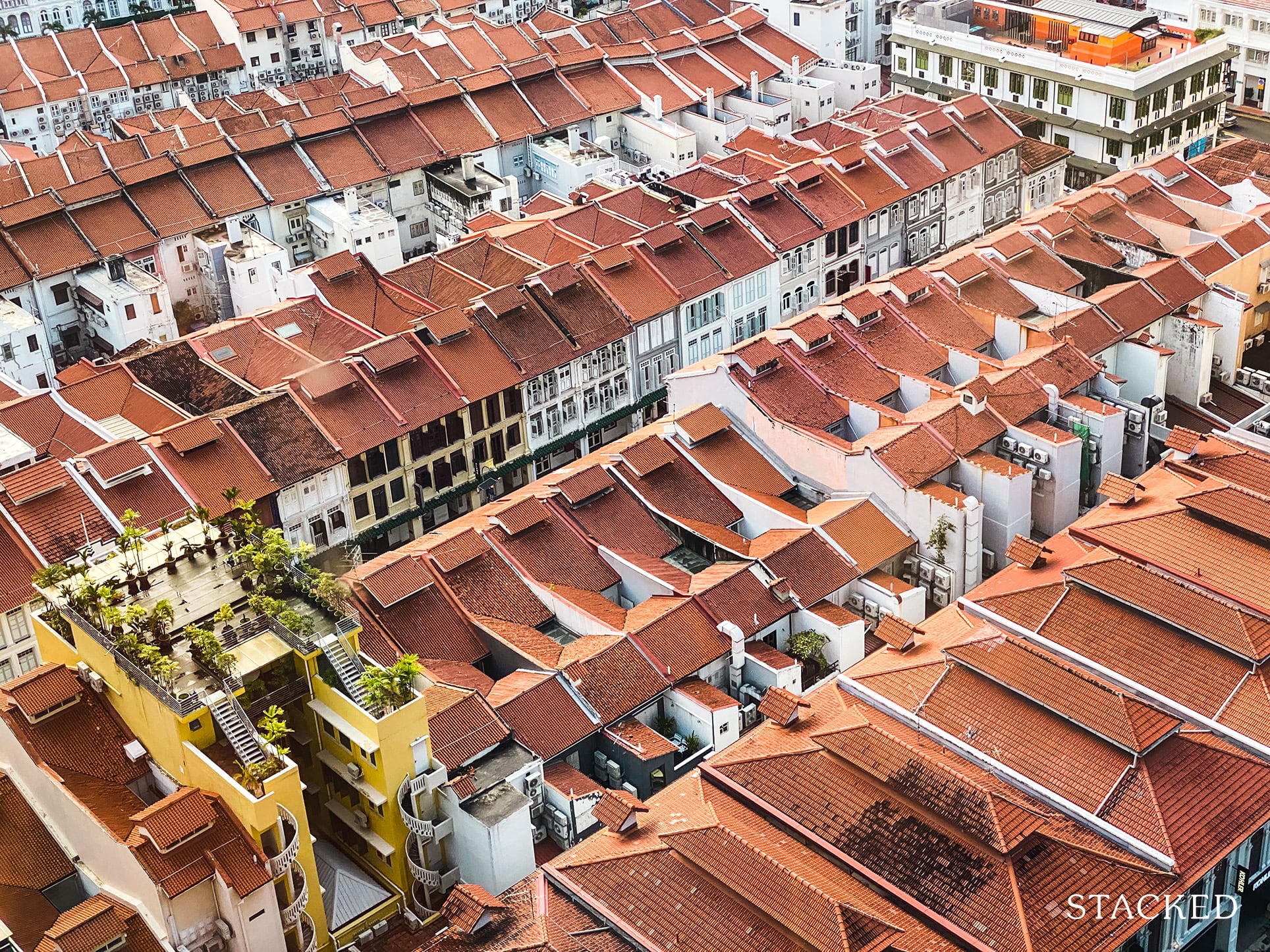
Singapore Property News $281.2M in Singapore Shophouse Deals in 2H2025 — But That Number Doesn’t Tell the Full Story

Singapore Property News CapitaLand–UOL’s $1.5 Billion Hougang Central Bid May Put Future Prices Above $2,500 PSF
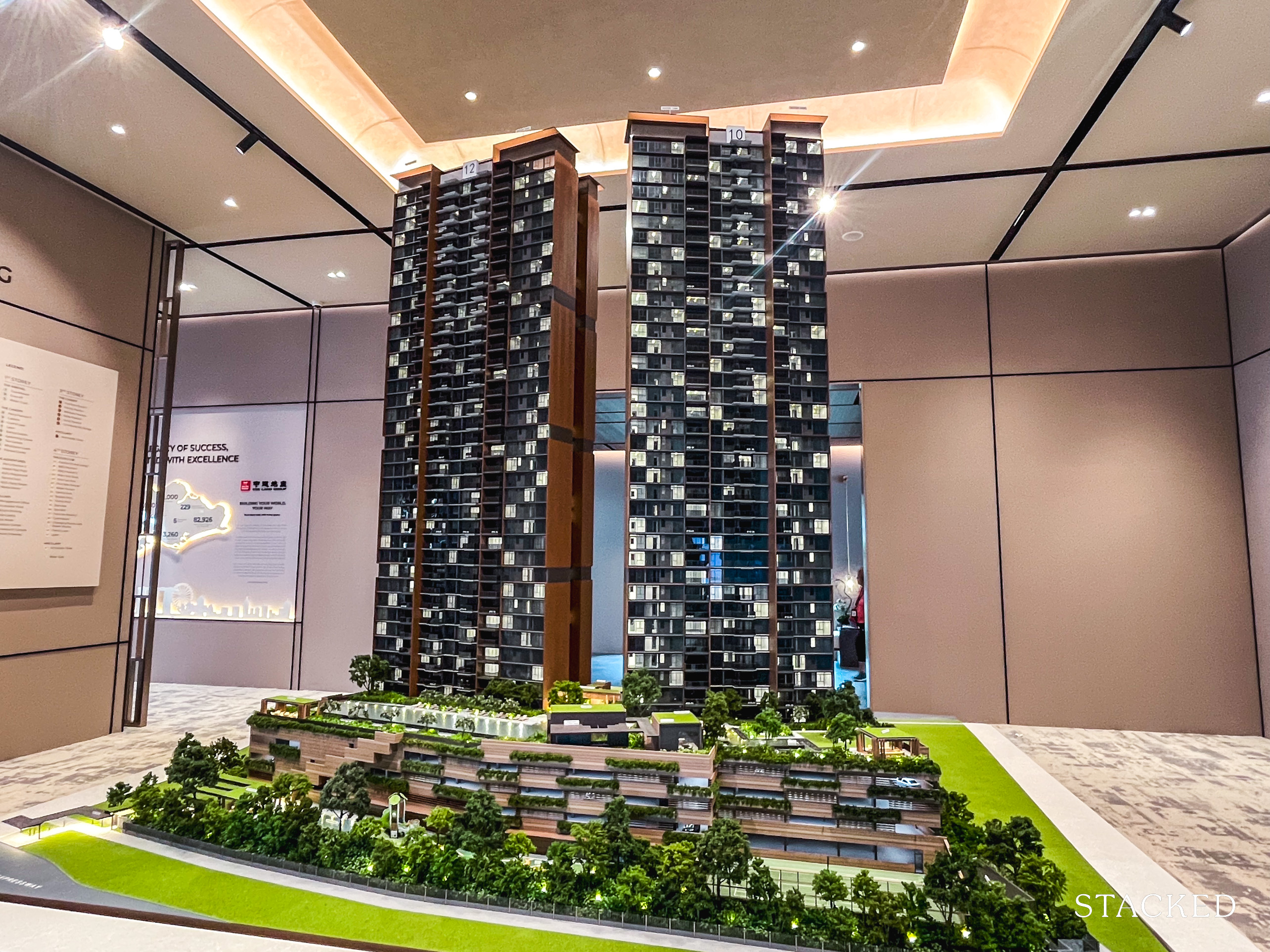
Singapore Property News Why New Condo Sales Fell 87% In November (And Why It’s Not a Red Flag)
Latest Posts
Uncategorized
Notre Avis sur Betify Casino – Partie 4
Uncategorized
Notre Avis sur Betify Casino – Partie 207
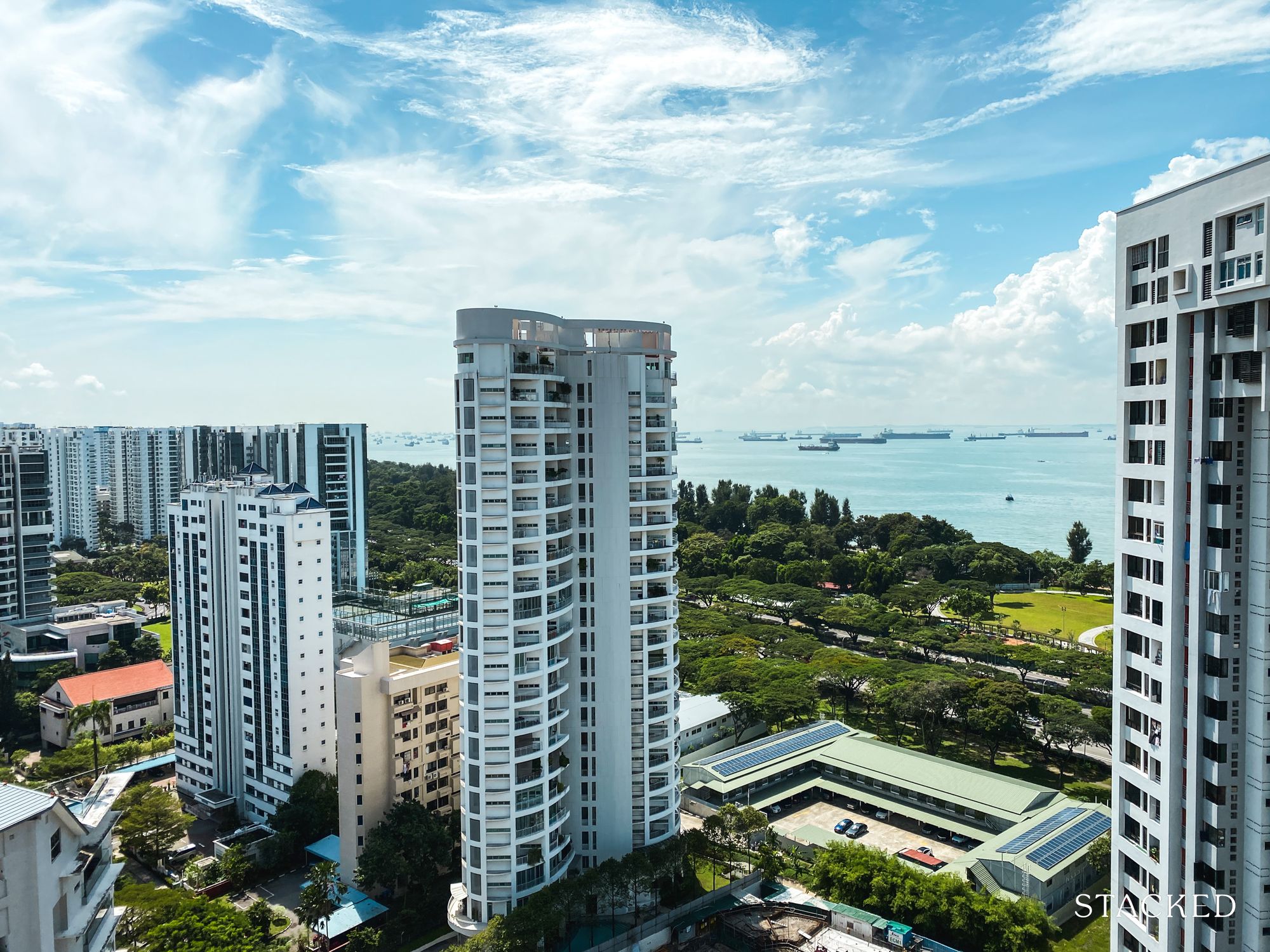
Editor's Pick Should We Buy An Old 99-Year Leasehold Condo To Live In: Will It’s Value Fall When The Lease Runs Out?
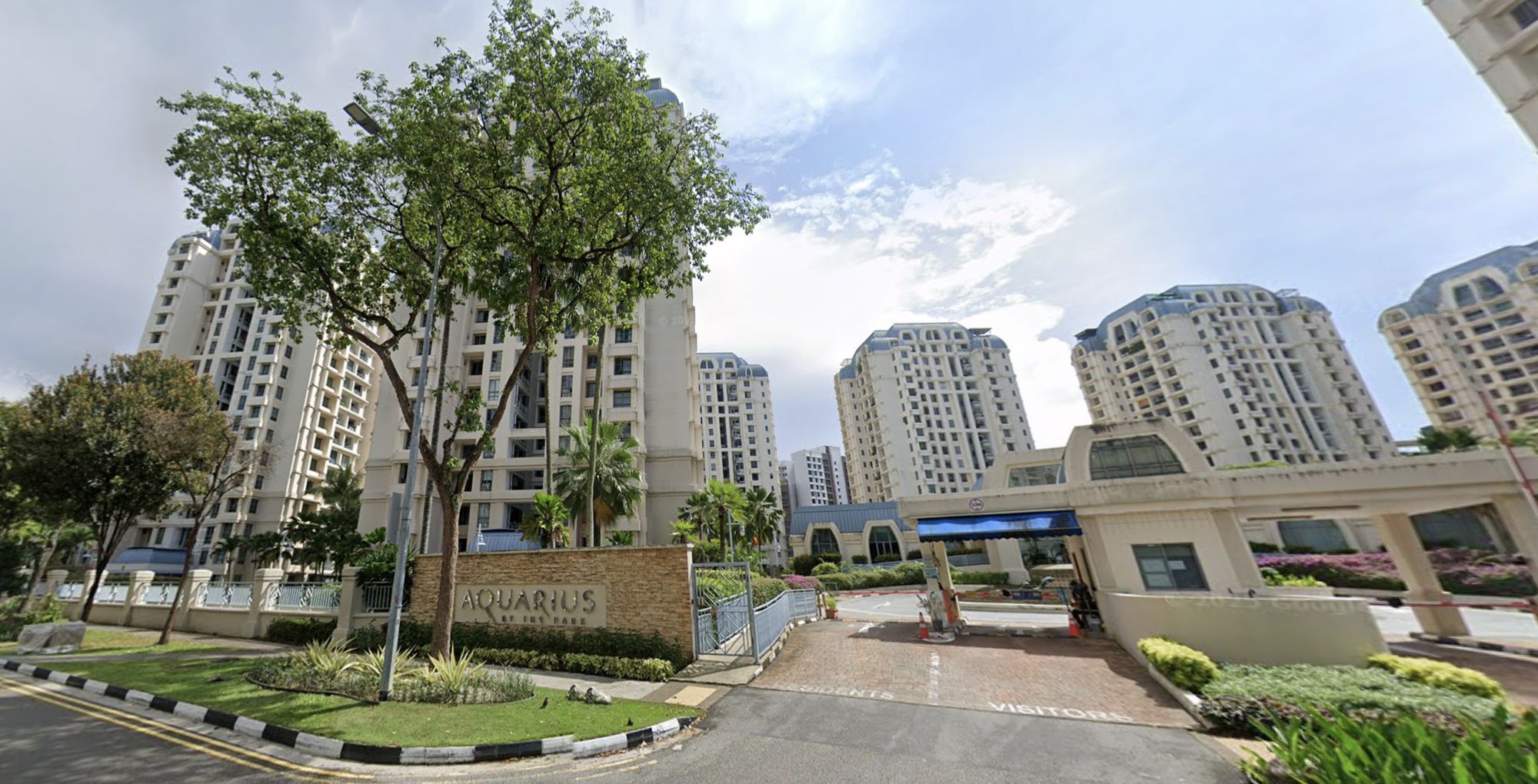
Pro How A Once “Ulu” Condo Launched In 1997 Became A Top Performer
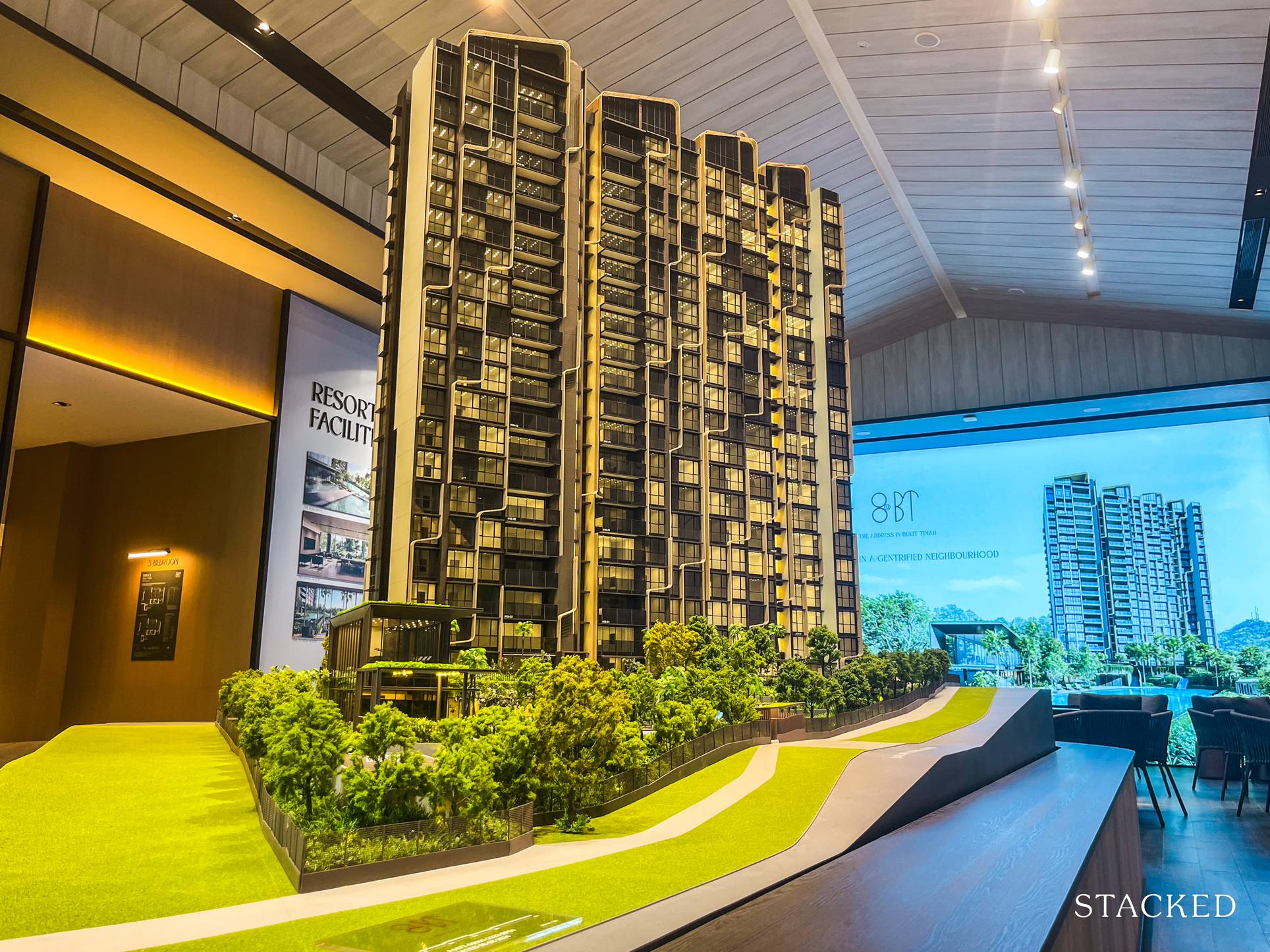
Editor's Pick I Reviewed A New Launch 4-Bedroom Penthouse At Beauty World

Property Market Commentary When Renting In Singapore Is The Smarter Move — And Buying Can Wait

Editor's Pick Why Singaporean Families Are Looking At This Landed Enclave From Around $4M
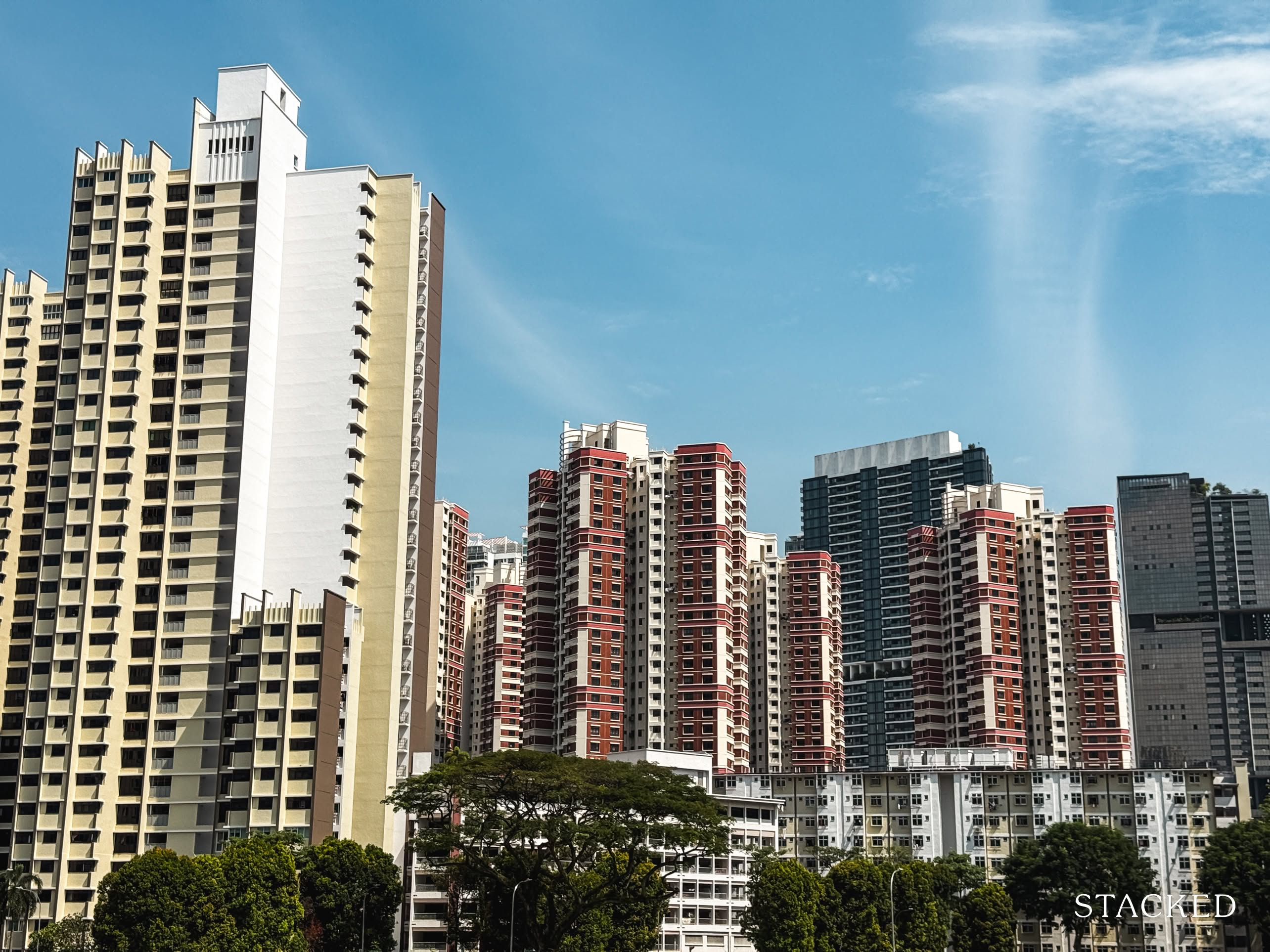
Editor's Pick A Wave Of New HDB Resale Supply Is Coming In 2026: Here’s Where To Find Them
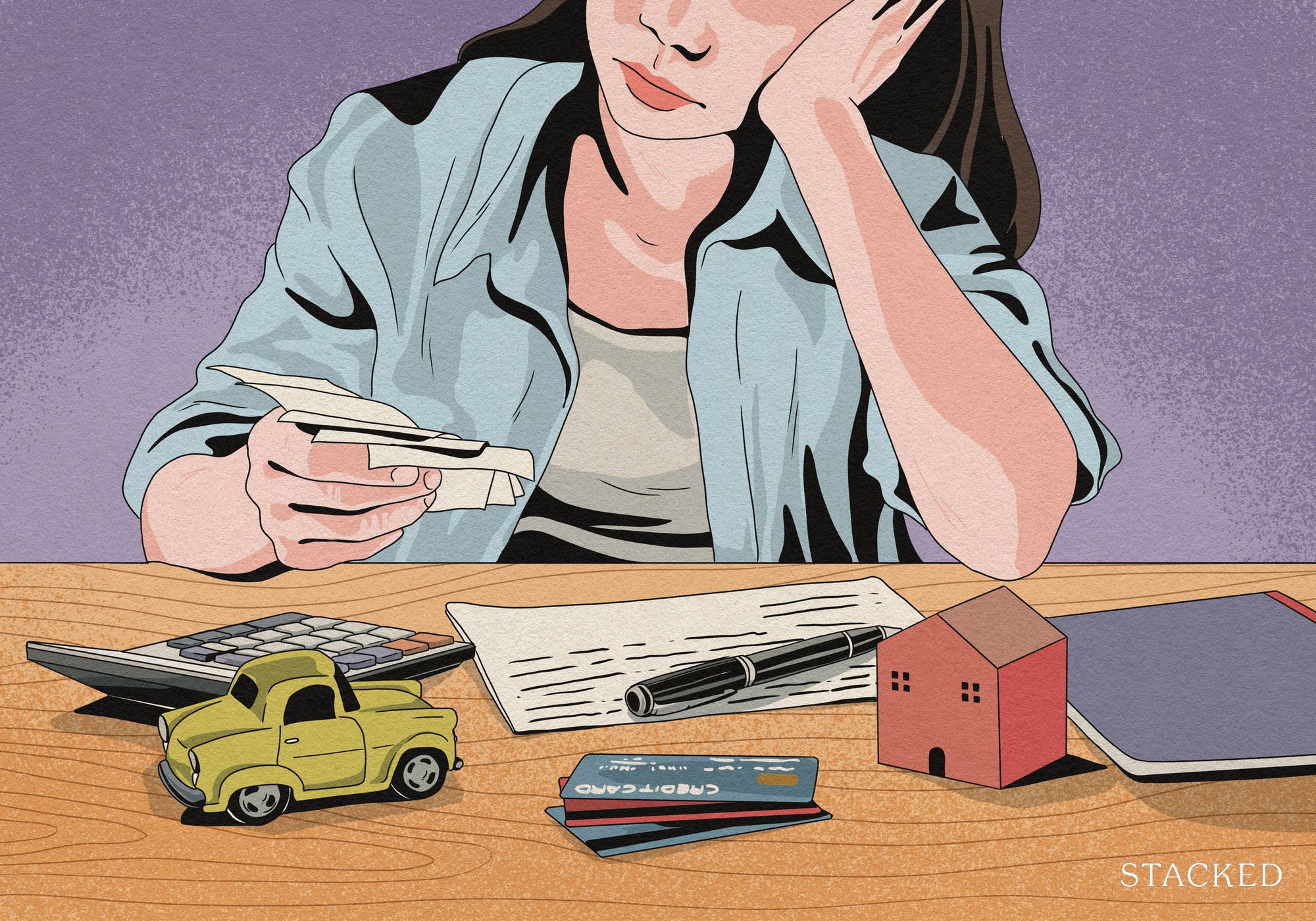
Property Advice We Own A $800K 1-Bedder And A $1.1M 3-Bedder: Is It Possible To Upgrade To A 4-Bedder Condo?
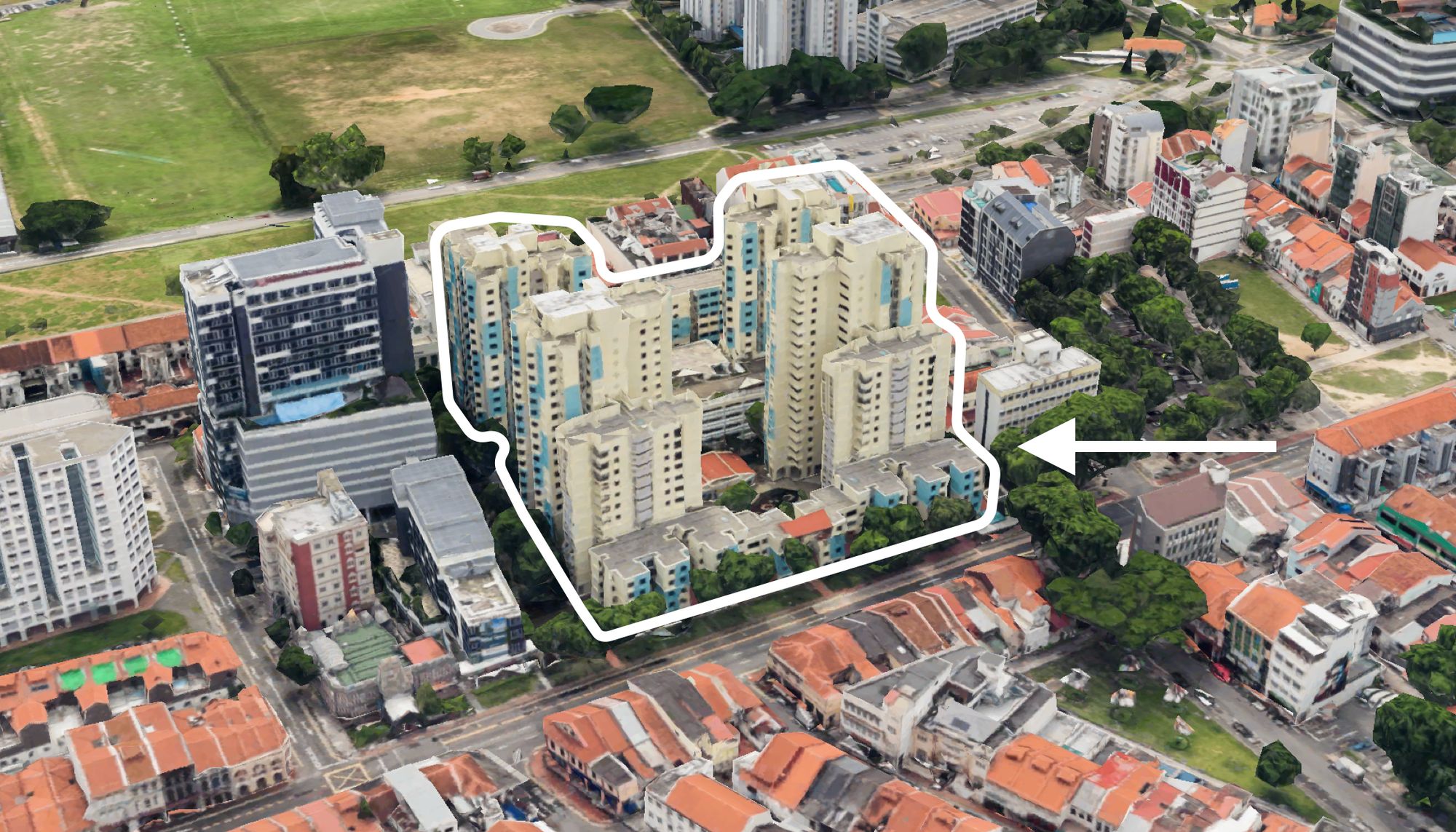
On The Market These Are Some Of The Cheapest 5-Room HDB Flats Left In Central Singapore
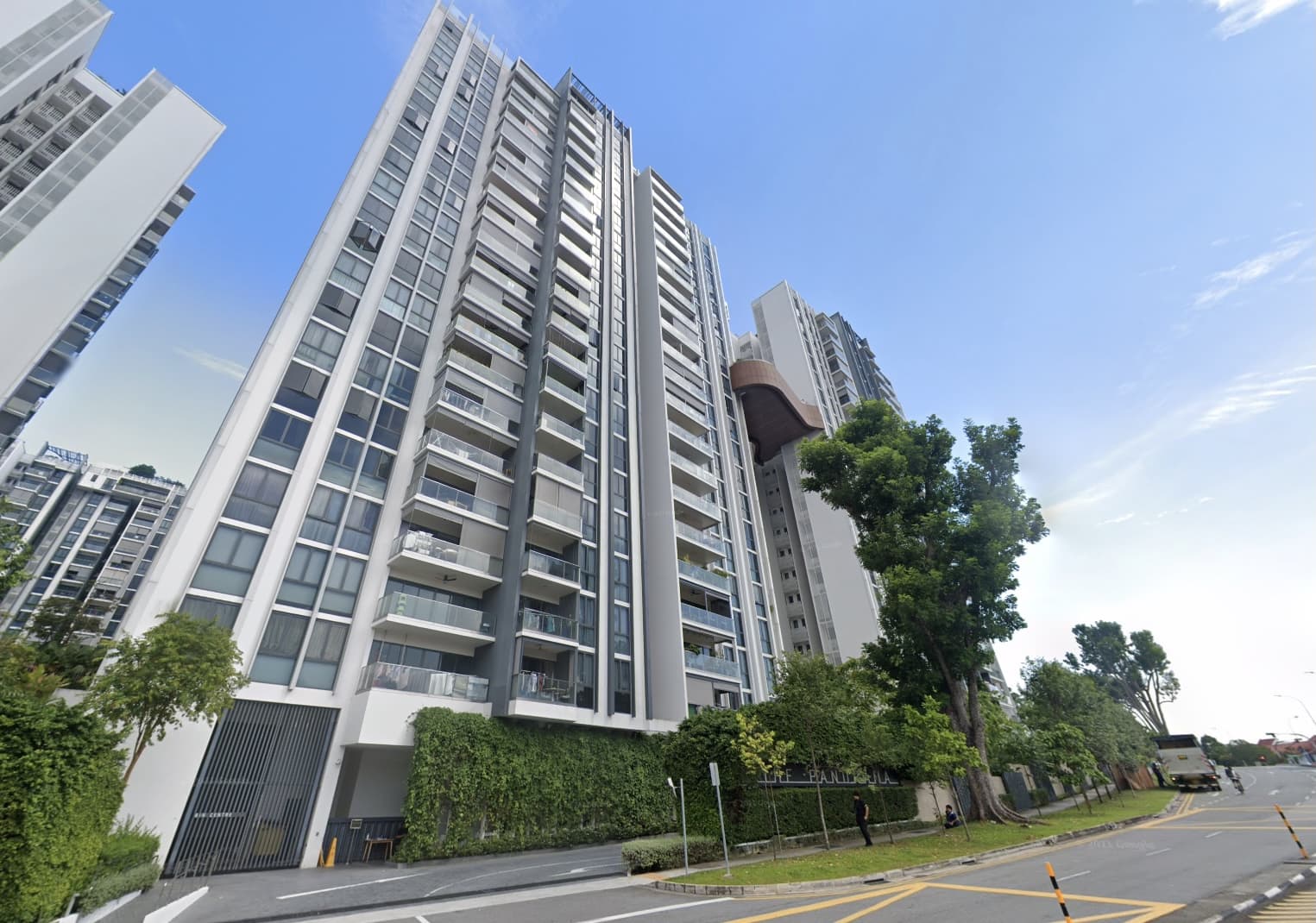
Pro This 698-Unit Ang Mo Kio Condo Launched At The Wrong Time — And Still Outperformed Peers
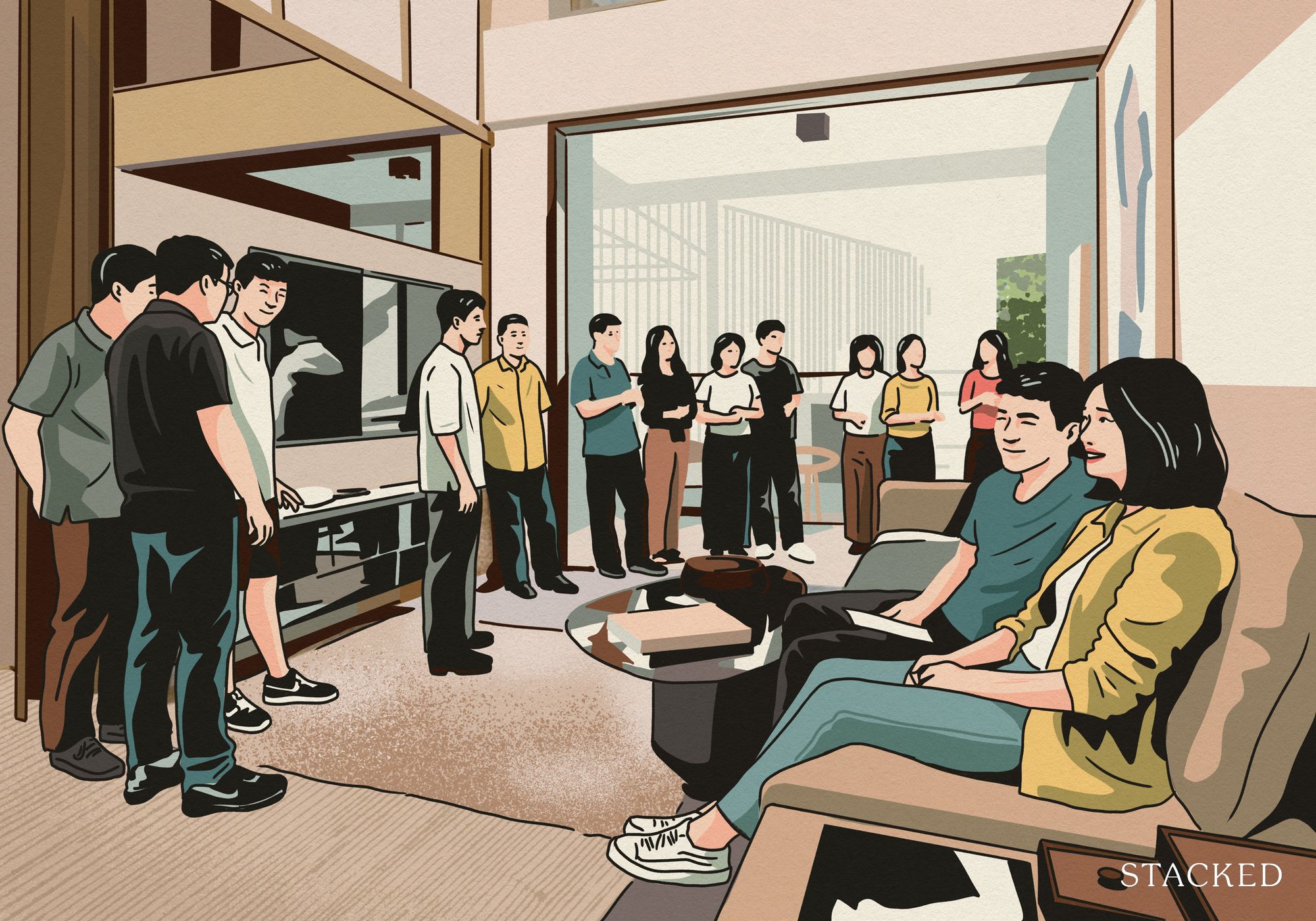
Property Market Commentary 5 Key Features Buyers Should Expect in 2026 New Launch Condos
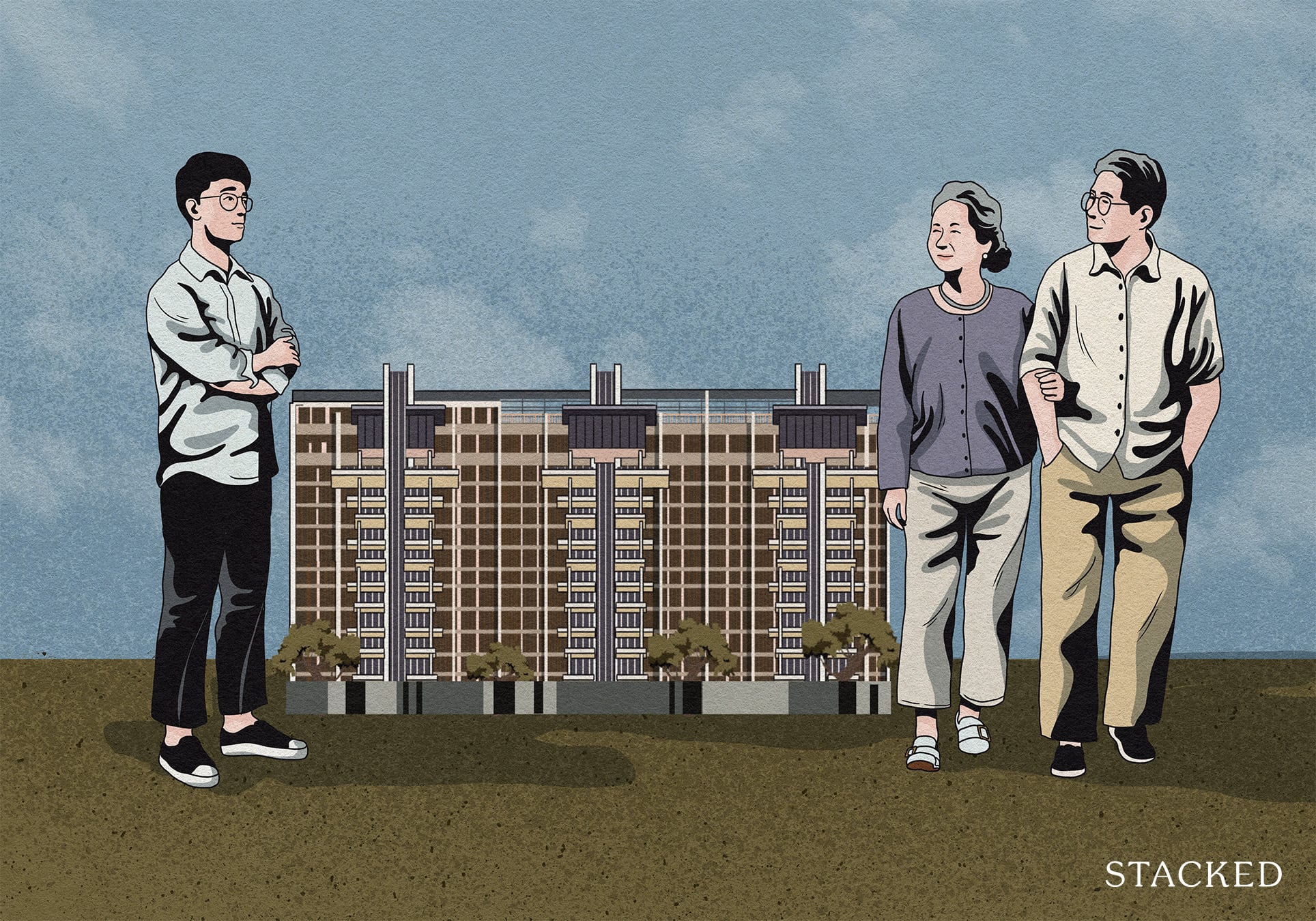
Editor's Pick What “Lucky” Singaporean Homebuyers Used To Get Away With — That You Can’t Today
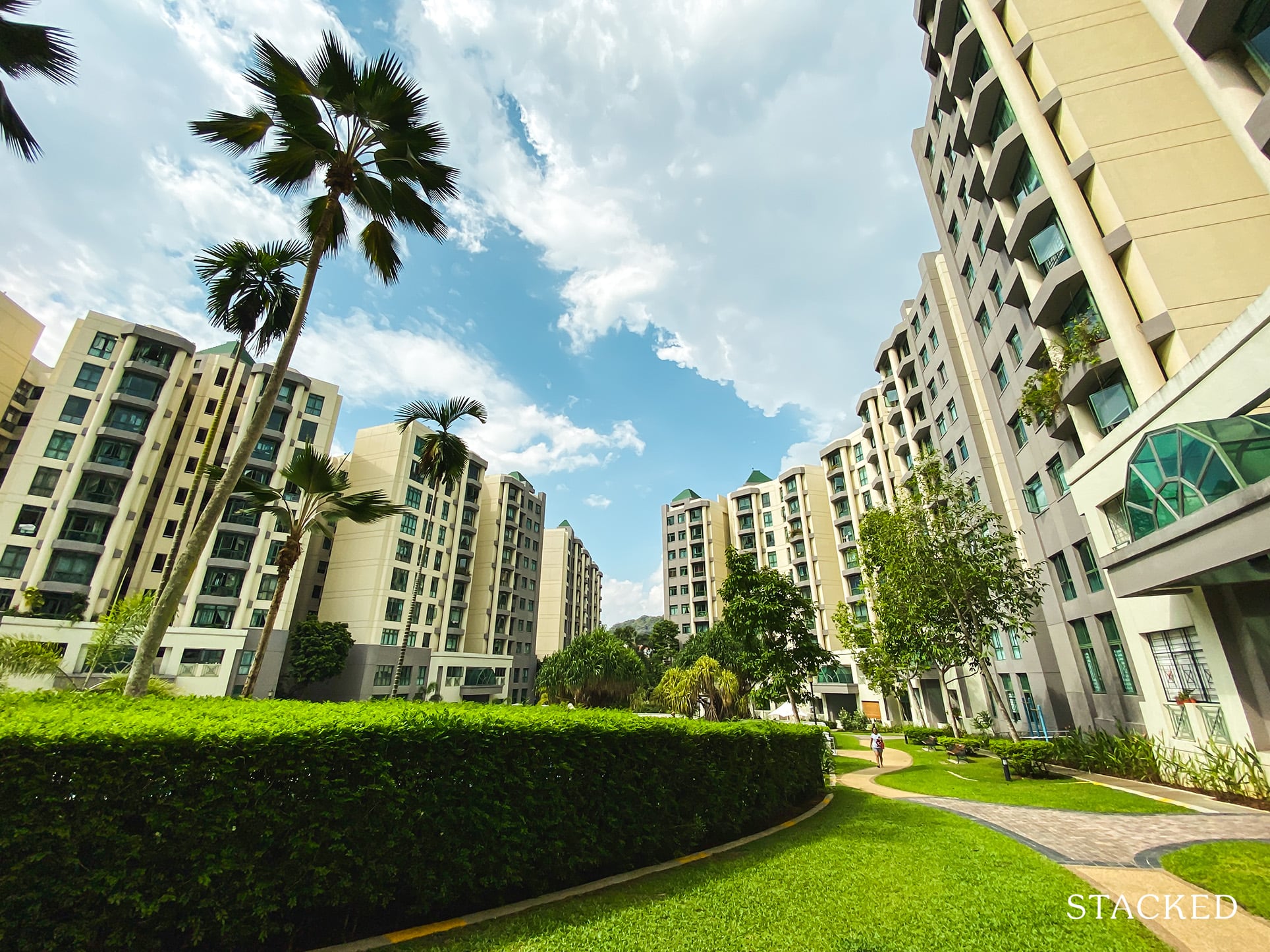
Property Investment Insights These Resale Condos In Singapore Were The Top Performers In 2025 — And Not All Were Obvious Winners

Pro How A 944-Unit Mega-Condo In Pasir Ris Ended Up Beating The Market
